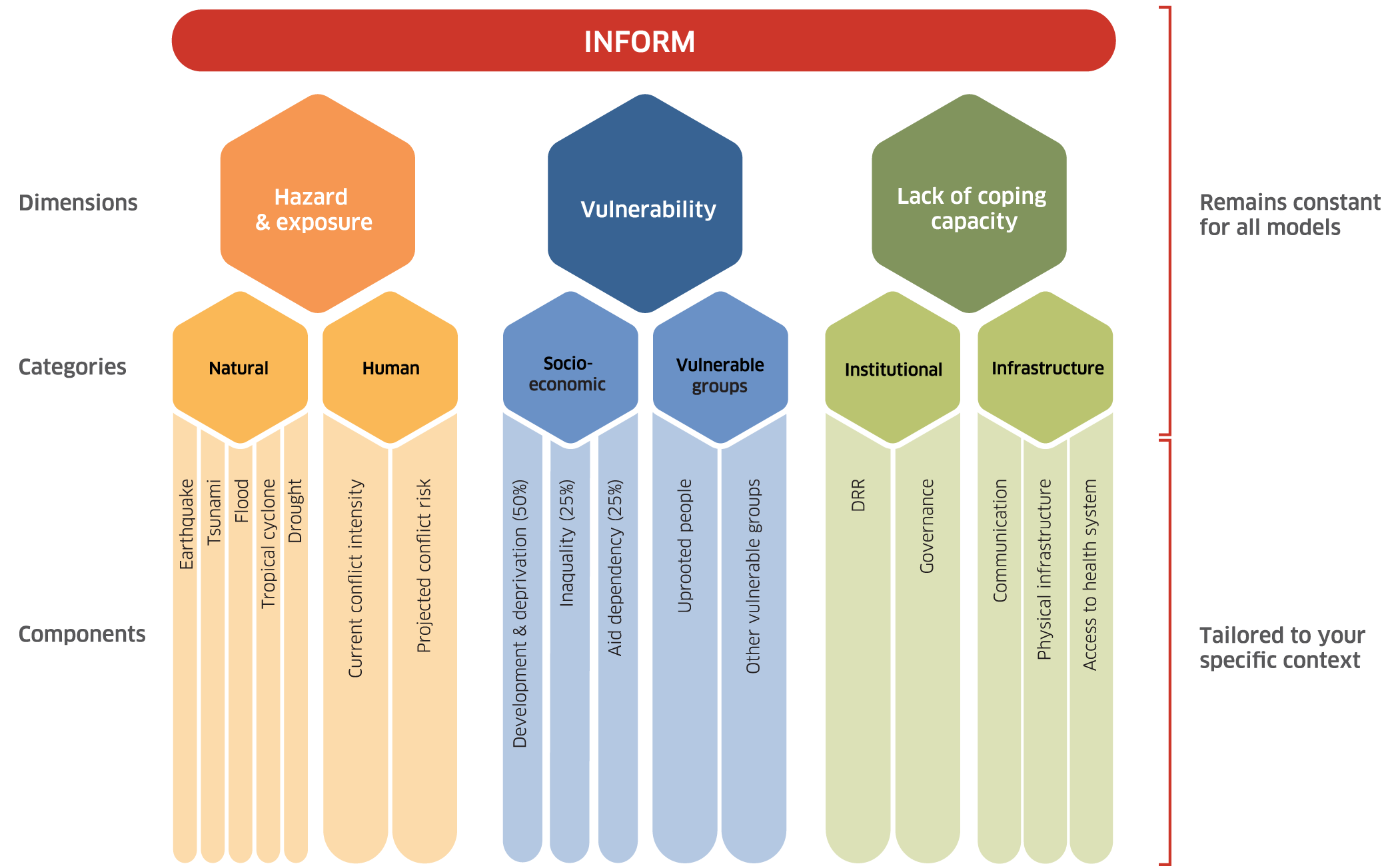Welcome to the Decision Support System (DSS) of
the Risk and Resilience Portal
The Decision Support System provides contextual analysis of variety of hazard, risk and vulnerability, socio-economic information to support informed decision making. Using different tools, users can easily understand the location of risky areas, what makes them risky and finally identify the means for reducing and adapting to those risks.
Welcome to the Decision Support System (DSS) of the Risk and Resilience Portal
The Decision Support System provides contextual analysis of variety of hazard, risk and vulnerability, socio-economic information to support informed decision making. Using different tools, users can easily understand the location of risky areas, what makes them risky and finally identify the means for reducing and adapting to those risks.






